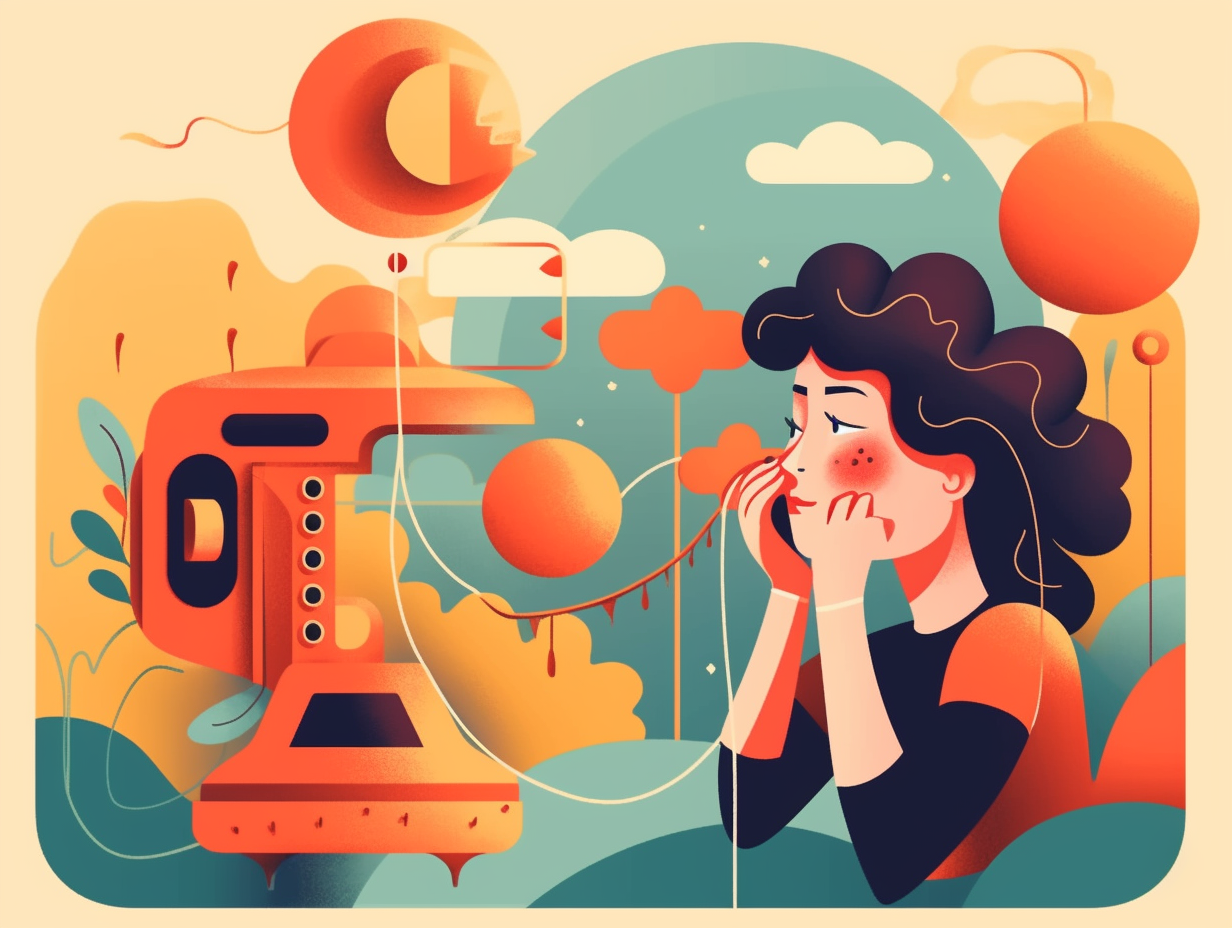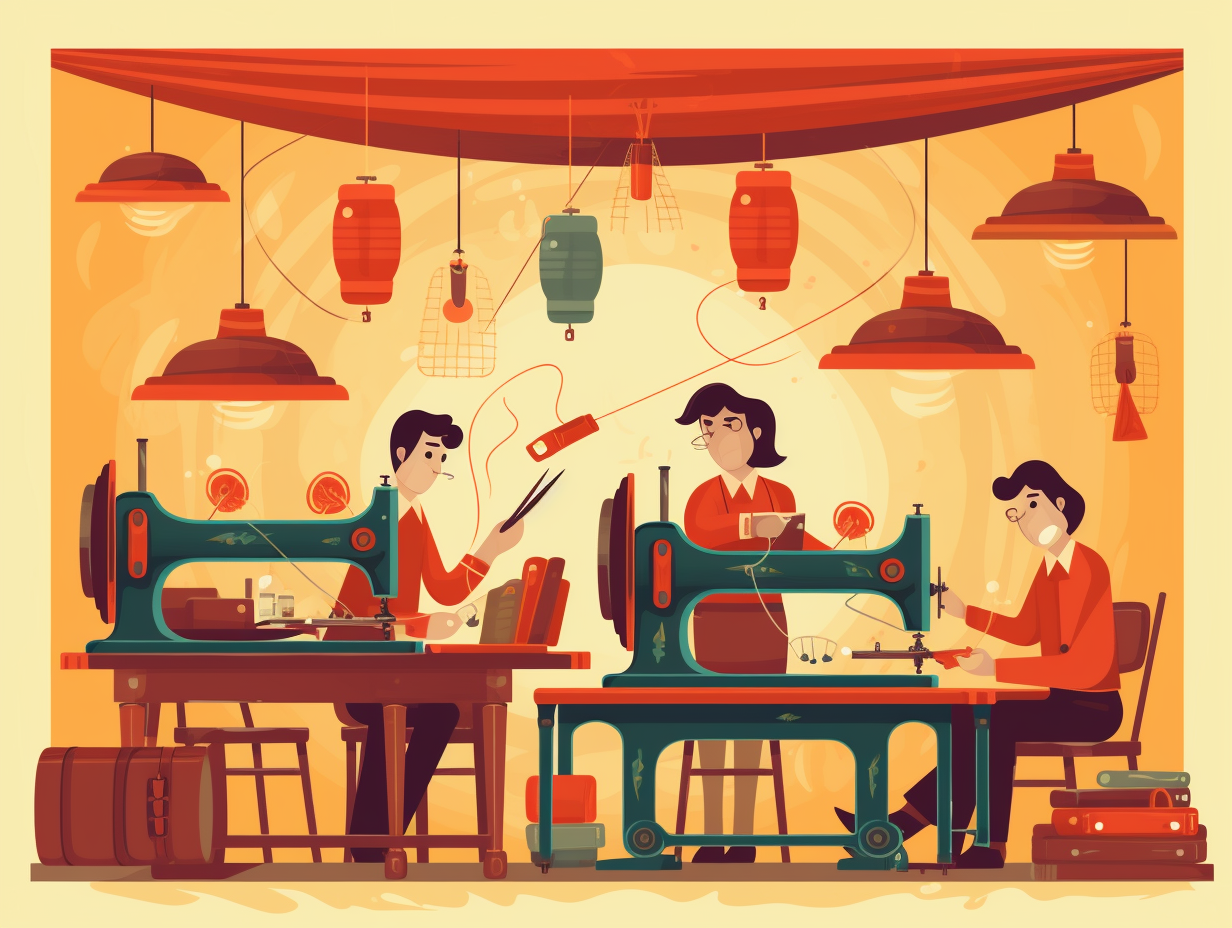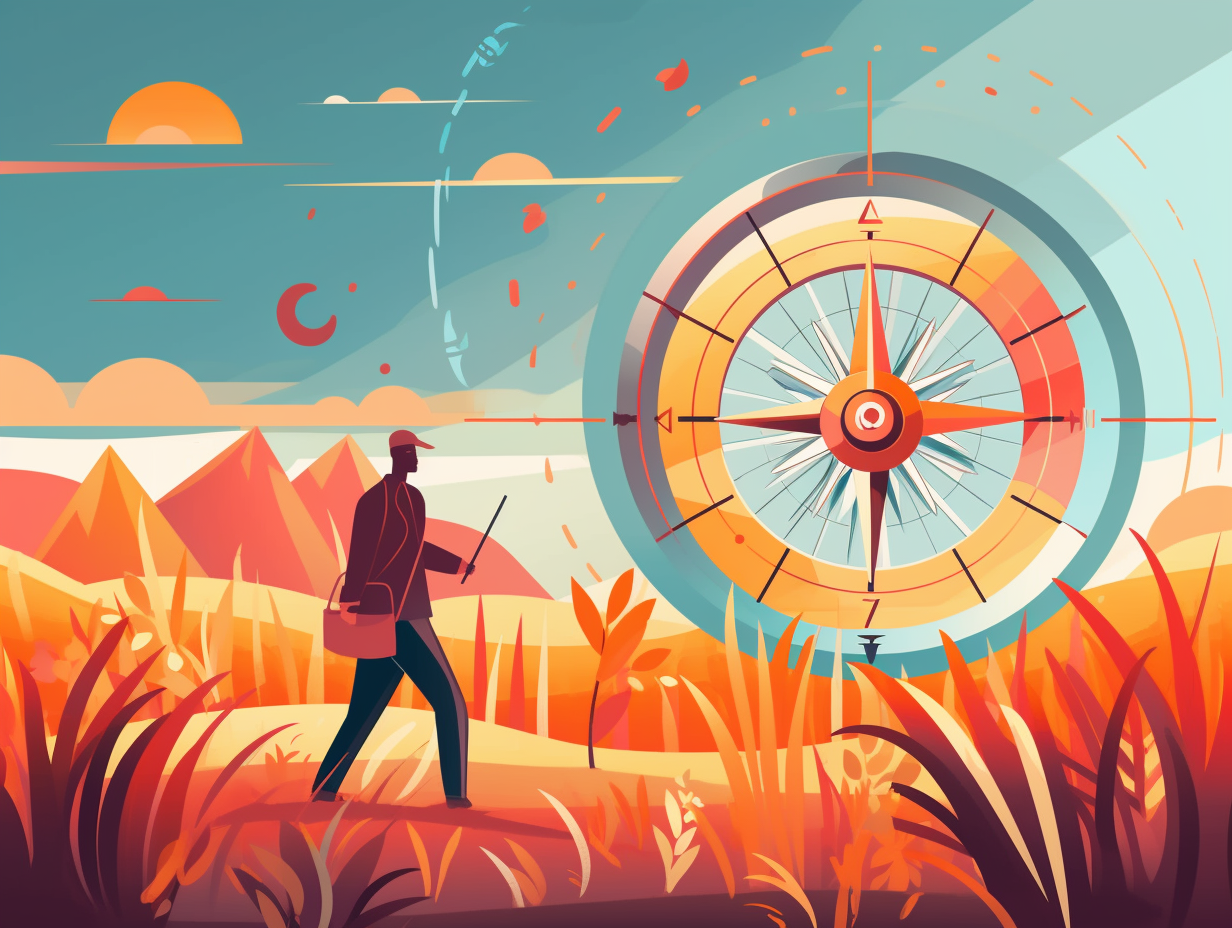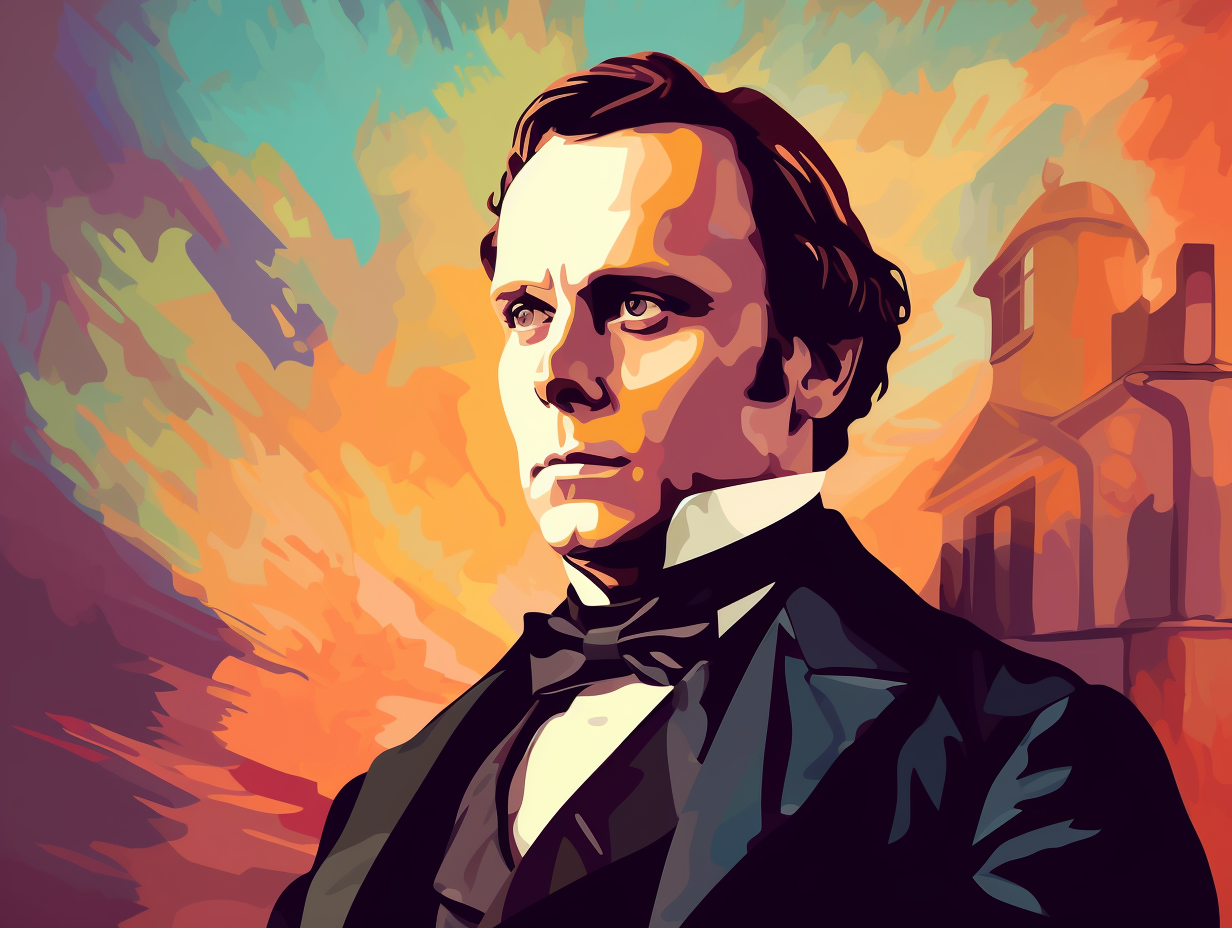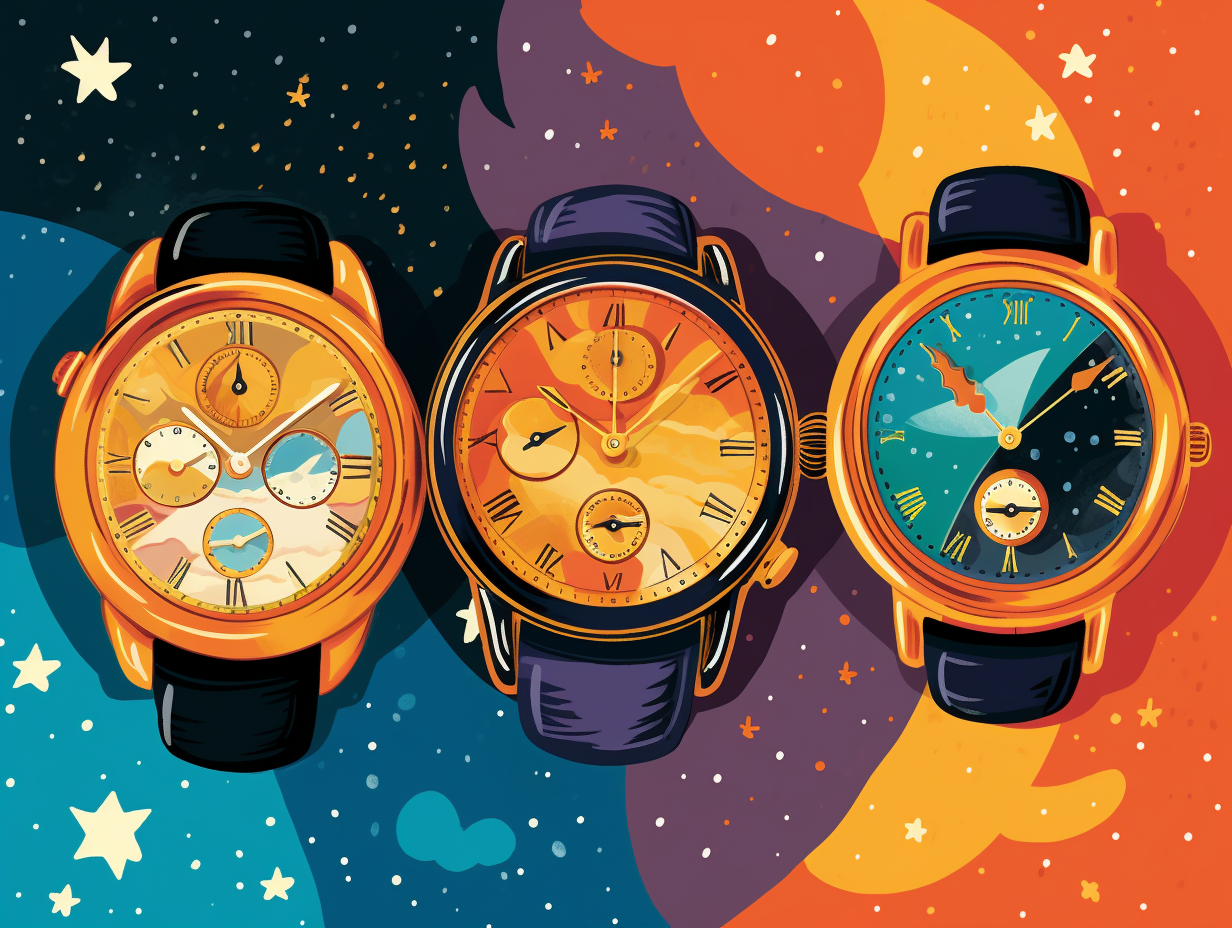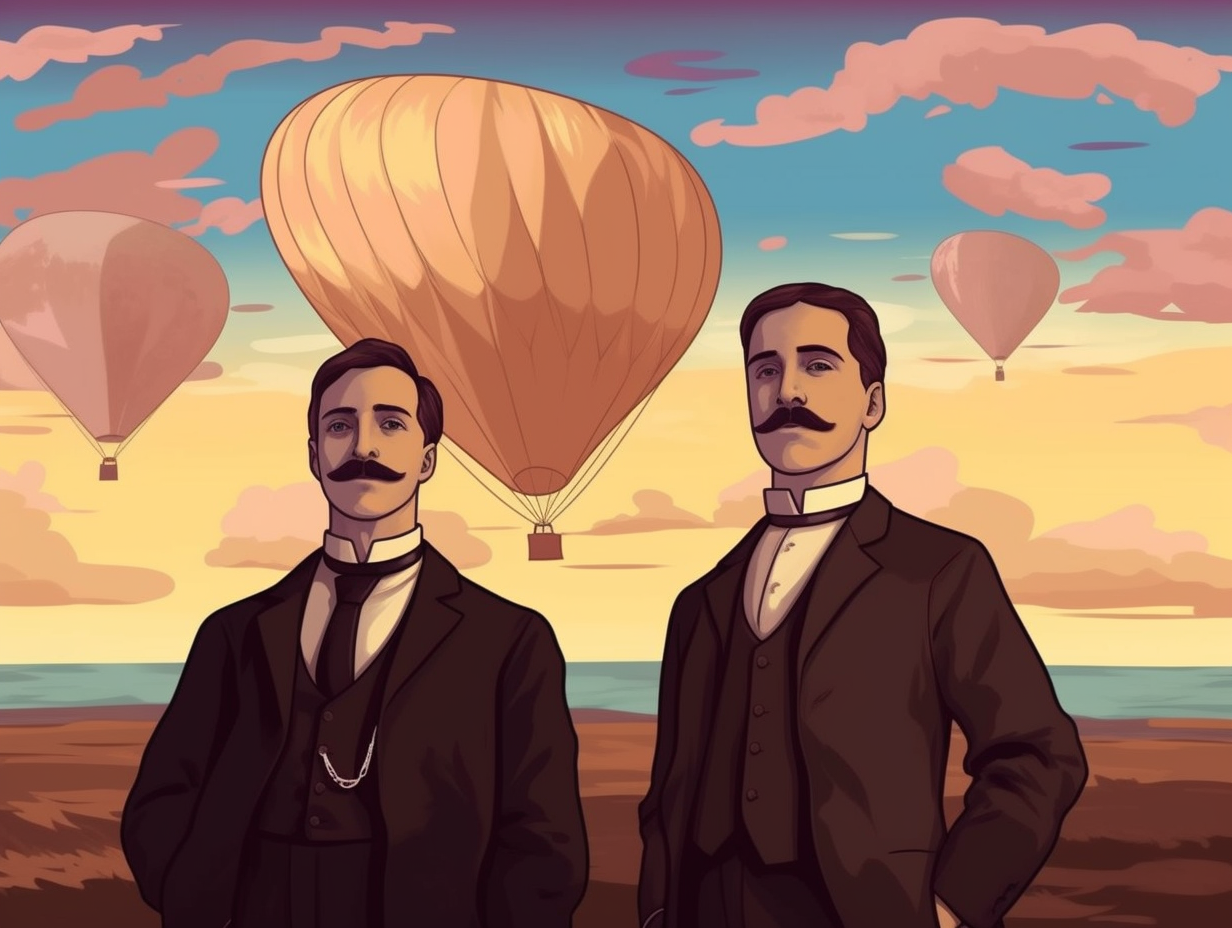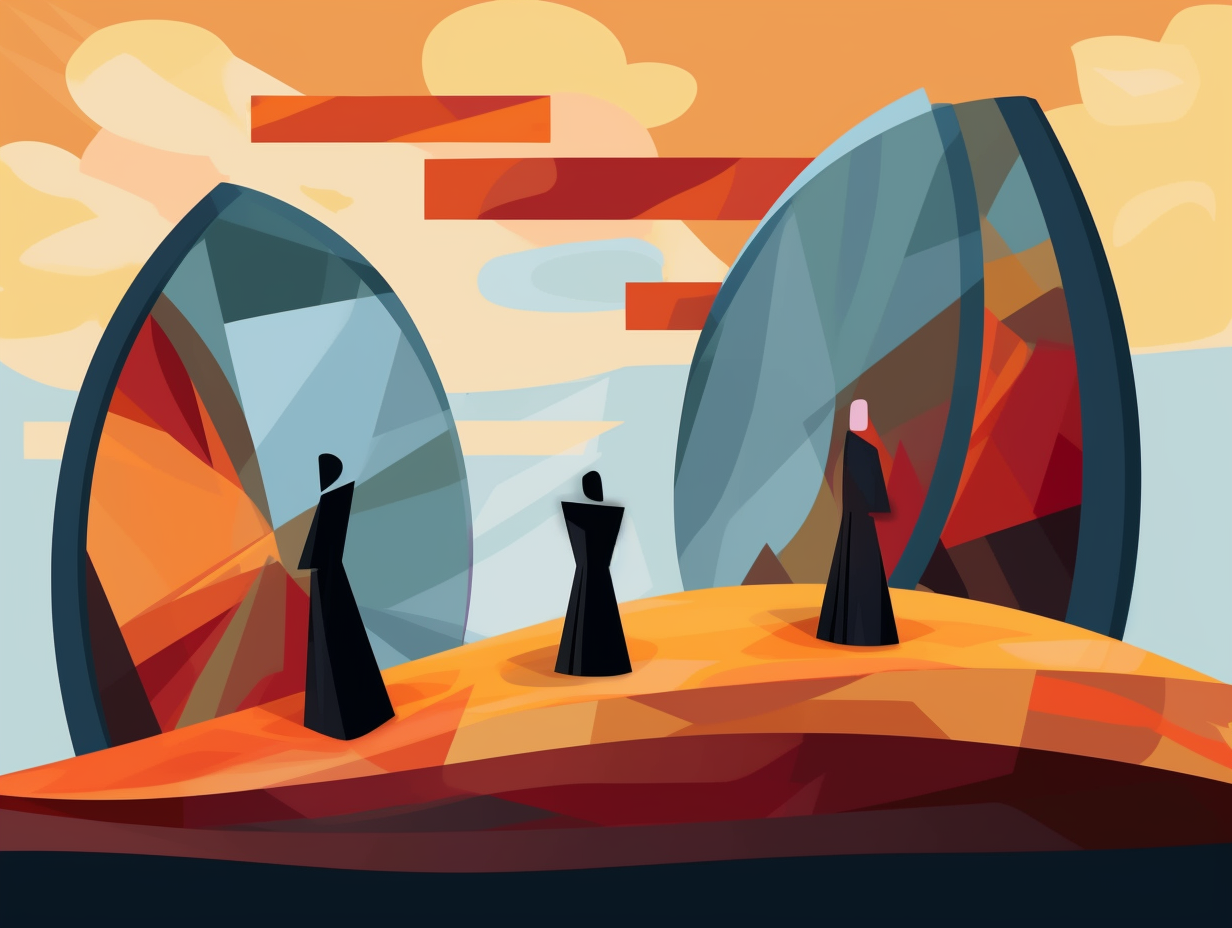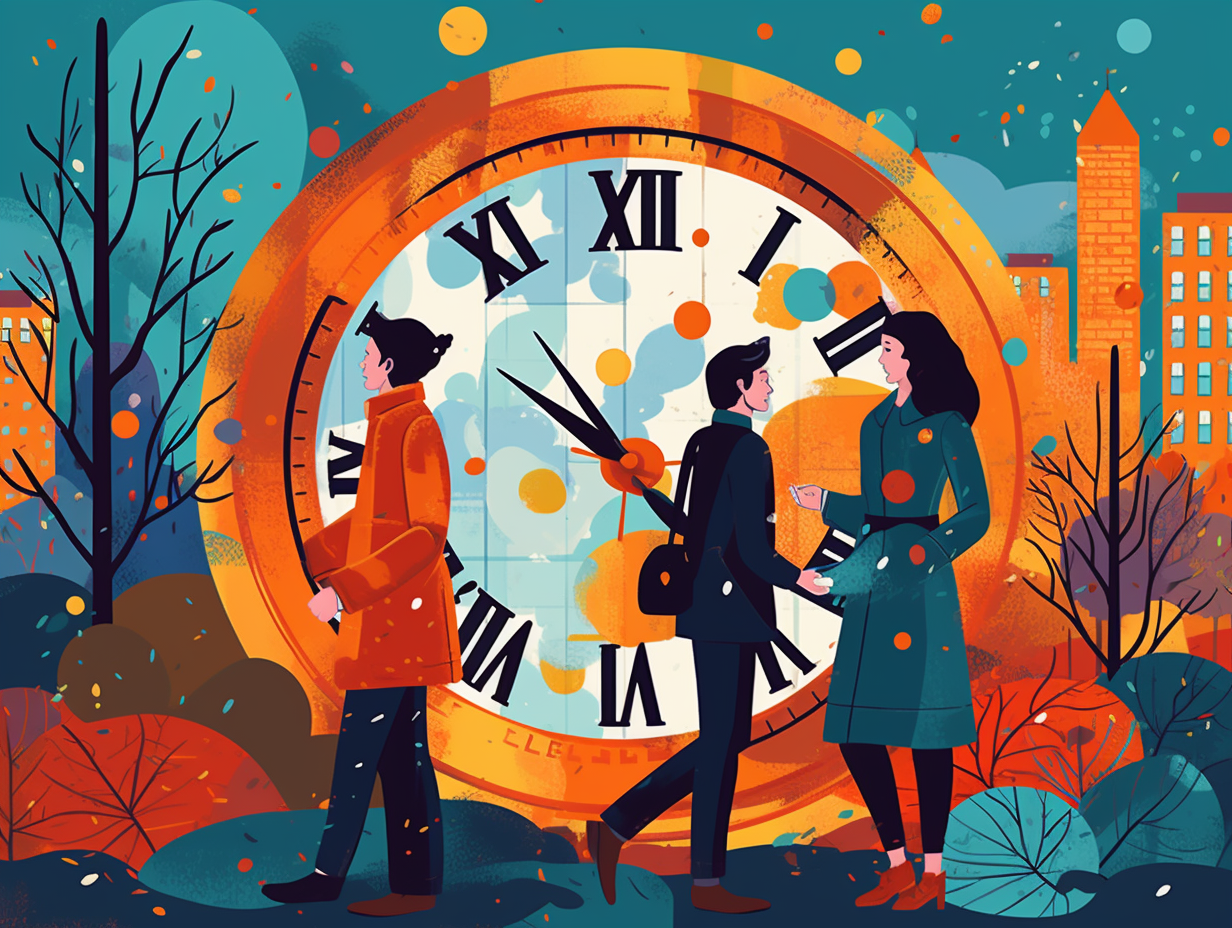Spin It Back: Top 13 Fun and Fascinating Facts About the Phonograph
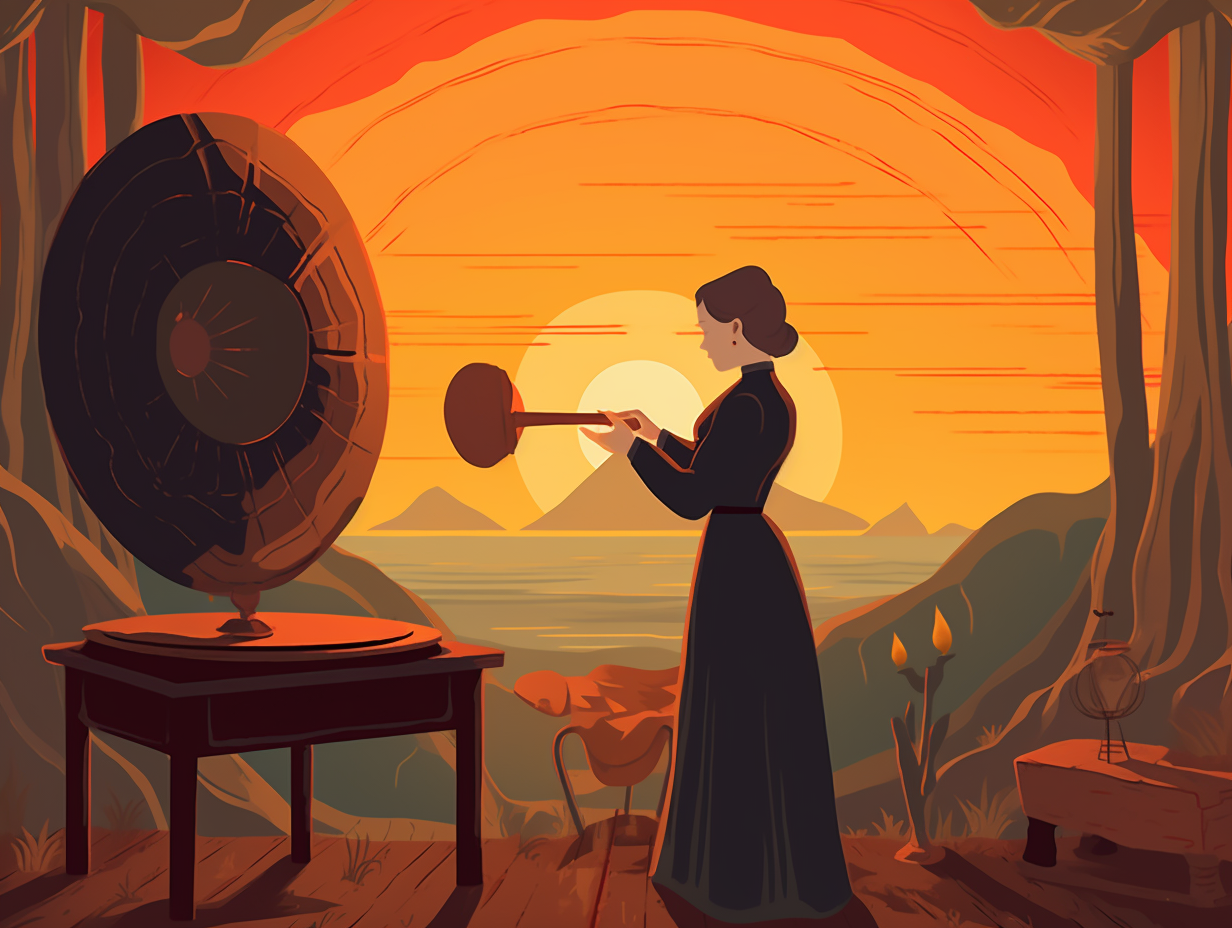
1. Phonograph's Identity Crisis
Before the days when Alexa held our deepest secrets and Spotify was our jukebox, the one device that had people waxing lyrical had an identity crisis! Edison's nameless prodigy had a serious case of the "who am I's" until it finally stumbled upon the catchy title of "talking machine": Patented in 1878, this once-unnamed phonograph eventually found its calling as the revolutionary device that could record and play back sound, making communication a whole lot groovier.
Source => loc.gov
2. The Graphophone vs. Phonograph
Before the days of Siri and Alexa, there was a marvelous contraption called the graphophone, that boasted the talents of none other than Alexander Graham Bell and his band of ingenious cohorts: The graphophone - the brainchild of Bell, Charles Sumner Tainter, and Chichester Bell - was an innovative device designed to record multiple copies of sound, intended predominantly for businesses to document conversations and phone calls. However, it was Thomas Edison who truly revolutionized sound recording in 1877, with the creation of the phonograph, a groundbreaking machine that captured sound waves on tinfoil, albeit with a limited capacity for replay.
Source => wi101.wisc.edu
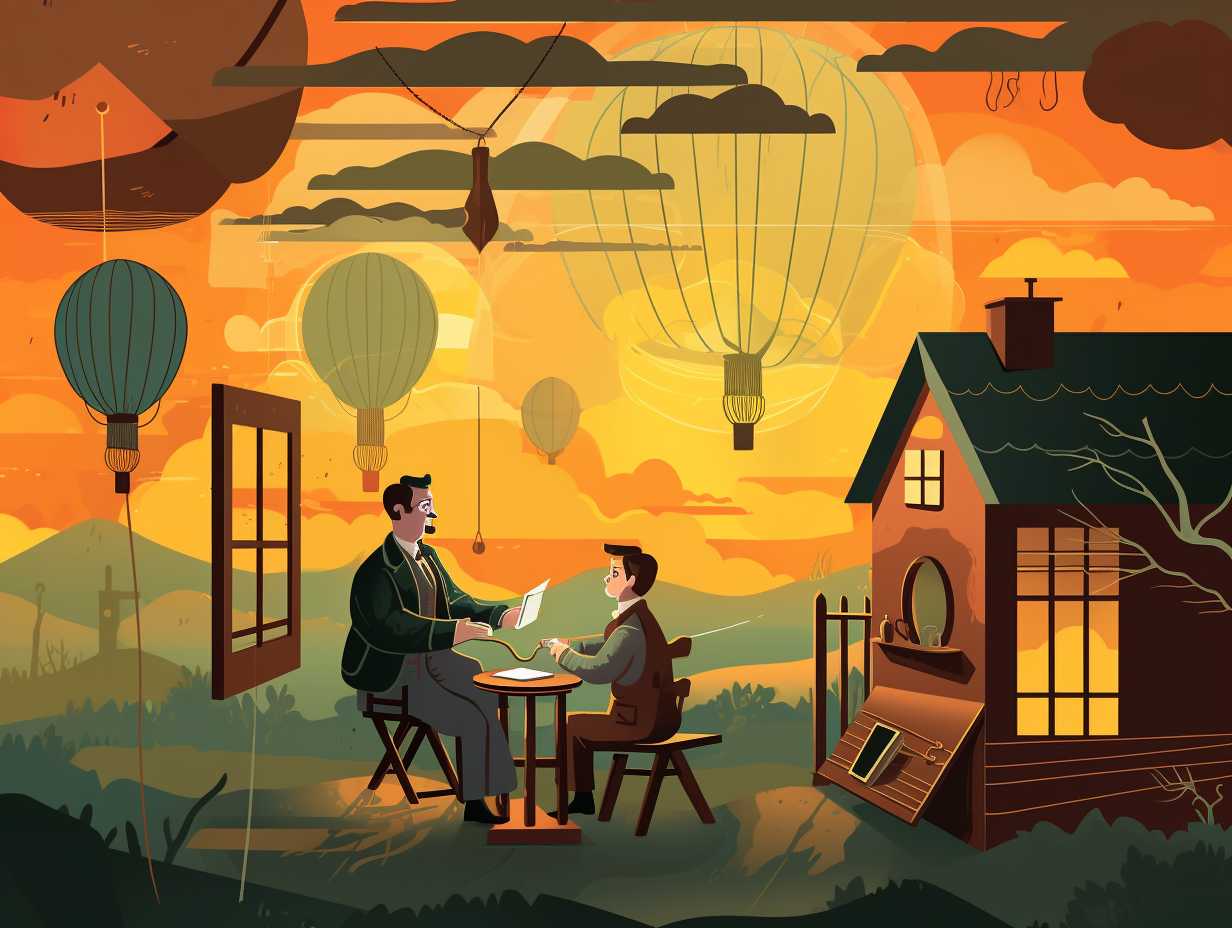
Did you know "SOS" became the go-to distress signal for its simplicity in Morse code, a key tool in the groundbreaking 1830s telegraph system? Discover more Morse-el fun facts!
=> Fun Facts about The-Telegraph
3. Edison's Favorite Invention
Before proclaiming "Eureka!" with the light bulb, Edison had a different tune playing in his head: The phonograph was Thomas Edison's favorite invention, outshining the light bulb in his eyes, as it was the first machine to record and play back sound, leading him to make over 50 improvements and modifications, such as wax cylinders and discs for recordings.
Source => blogs.loc.gov
4. The Tale of Phonograph Cylinders
Long before DJs saved our lives with a song, the phonograph cylinders spun their own tale without once scratchin' the beat: In the earliest days of commercial audio recording and reproduction, hollow cylindrical objects engraved with audio on the outer surface used a needle and rotating cylinder or disc to mechanically reproduce sound, until the disc record system surpassed it as the supreme audio medium.
Source => en.wikipedia.org
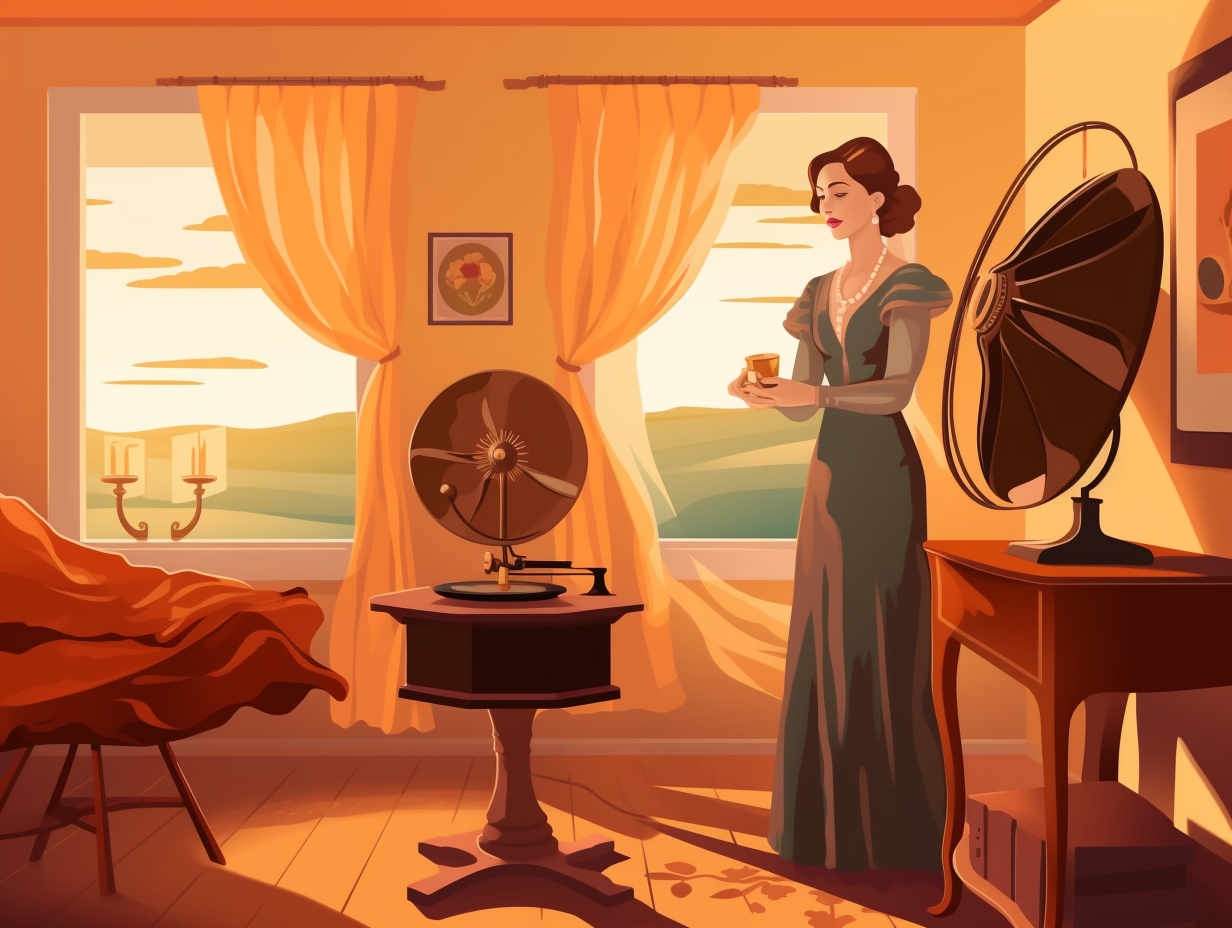
5. From Office Gadget to Entertainment Device
From the humble beginnings of bumbling office gadget to the grooviest entertainment device, the grand old phonograph certainly found a way to wax lyrical: Initially invented by Thomas Edison in 1877 as a dictation tool, the early machines featured a revolving mandrel to hold wax cylinders, capable of holding 1,000 to 1,200 words, and by the mid-1920s they helped typists churn out 80 letters per day, compared to their previous average of just 30 to 40 letters daily.
Source => officemuseum.com
6. The Phonograph's Role in Jazz History
Before Spotify was a twinkle in your grandpappy's eye, and mixtapes were but a distant dream, enterprising jazz enthusiasts were in a spin with Edison's doohickey that took the "wax" out of "waxing lyrical": The phonograph not only revolutionized how people enjoyed music, but played a crucial role in the development of jazz as musicians could analyze and learn elaborate compositions by repeatedly playing records, despite early challenges such as poor sound quality and limited playback volume. Additionally, the invention led to the creation of shorter song formats, as wax cylinders could only hold two to three minutes of audio, making professional music accessible in homes worldwide.
Source => collegemedianetwork.com
7. The Phonograph: A Language Preserver
Before Siri and Alexa were busy helping linguists, a nifty invention named "phonograph" stepped up to the plate: Thomas Edison, the mind behind the phonograph, foresaw its potential use in preserving languages by accurately recording the pronunciation of words, making it the "cool uncle" of language documentation long before modern technology waltzed in.
Source => loc.gov
8. Phonograph Records "Mary Had a Little Lamb"
In an unexpected twist of nursery rhymes meets sci-fi: Thomas A. Edison first used his phonograph to record the riveting tale of Mary and her fluffy little rulebreaker in 1877. That's right, Edison's initial goal for the phonograph was to record spoken words, not music, and the first words he captured were none other than the classic "Mary Had a Little Lamb" recited by the inventor himself. Lost for over a century, this miraculous mashup made a comeback through optical imaging in the modern era. Talk about a baa-dass blast from the past!
Source => publicdomainreview.org
9. Blue Amberol Record Changes the Phonograph Game
Like an insatiable squirrel's struggle with a tiny nut, early phonographs barely had the appetite to chew on a brief tune or two: It wasn't until Edison's Blue Amberol Record came along, with its steadfast surface speed and vertical groove pattern, that the phonograph could finally gobble up more substantial tracks, despite the cylinder format eventually losing steam to disc records.
Source => loc.gov
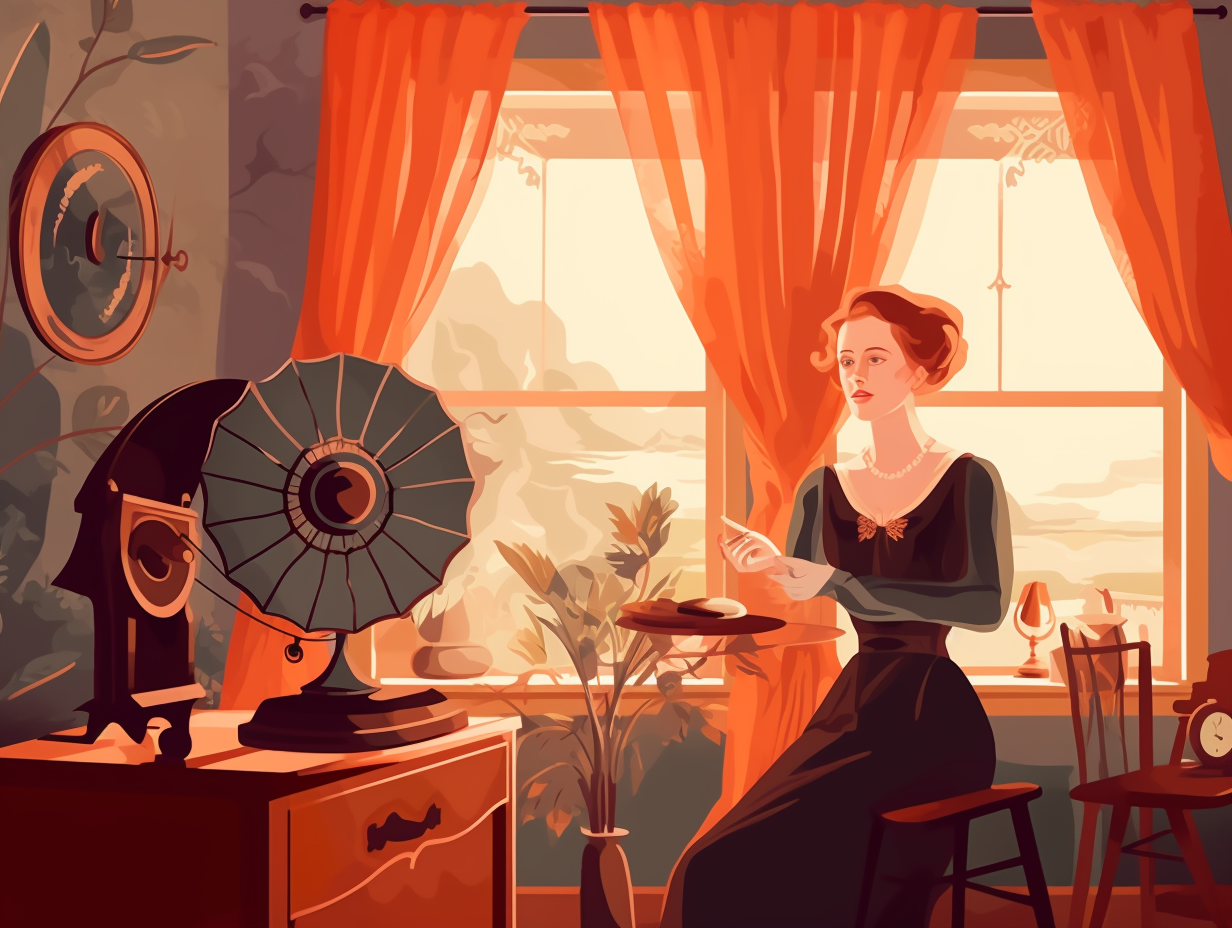
10. The Phonograph Revolutionizes Dance Parties
Before you "drop the needle" on your next dance party, give a little shoutout to the inventor of the ultimate party starter: Thomas Edison invented the phonograph in 1877, revolutionizing our music listening experience forever, with its original hand-cranked motor later being replaced by electric-powered ones. Yet, in this age of instant downloads and playlists, vinyl enthusiasts still vouch for the unparalleled sound quality of these antique gems.
Source => picclick.com
11. Emile Berliner's Love Affair with the Gramophone
Making beautiful music together, like a young couple in love who just can't keep their hands off each other's "discs," Emile Berliner was tinkering away in his laboratory, hot and heavy for a way to improve sound recording in a time before Spotify playlist constipation: Eureka! He gave birth to the Gramophone in a symphony of invention, utilizing the disc format and lateral vibration techniques (ooh la la) from Leon Scott's phonautograph, creating a more durable and easily reproducible recording medium that was less "one-night-stand" and more "happily-ever-after" when compared to Edison's cylindrical fling.
Source => loc.gov
12. Bessie Smith's Undervalued Contributions
Who knew that Bessie Smith could've been the Scrooge McDuck of blues? Diving into a vault full of coins while singing the blues: Apparently not, as the legendary artist made only about 25% of what her music was worth in the 1920s, despite selling 780,000 copies of her single "Downhearted Blues," which brought in a cool $156,000 for Columbia Records.
Source => smithsonianmag.com
13. The Birth of Three-Minute Pop Songs
Just when you thought your karaoke rendition of "Bohemian Rhapsody" was too long: the first phonograph recordings limited songs to a mere two to three minutes, birthing the iconic three-minute pop song and inspiring musicians to get creative with their arrangements. Instruments like cowbells and woodblocks stepped into the limelight, while charisma took a backseat to recording studio prowess.
Source => smithsonianmag.com
Related Fun Facts


